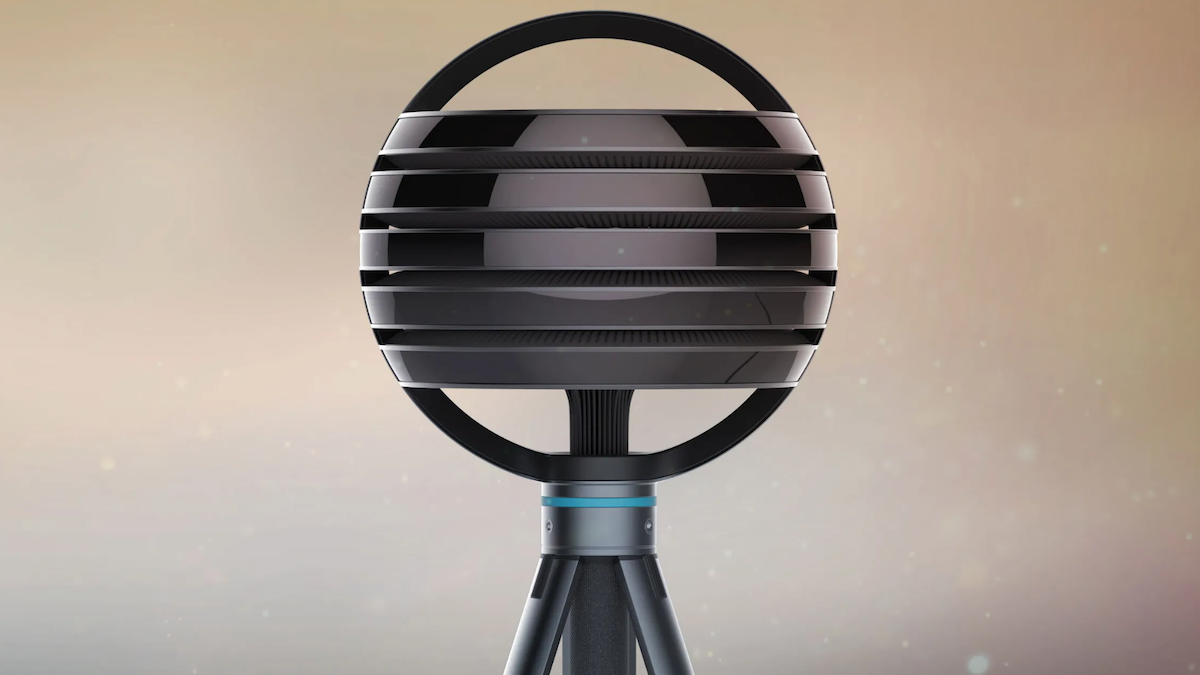Quick Links
Key Takeaways
Light field cameras record the direction of photons in addition to what traditional cameras capture, allowing for some truly remarkable tricks. But price and complexity mean they're not quite ready for the mainstream.
What if everything you knew about photography was wrong? Well, it isn't, actually, but light field cameras bring an extra dimension to photography that takes them beyond what a regular camera can achieve.
What Is a Light Field Camera?
A light field camera is a digital camera designed to capture more detailed and accurate information about the light in a scene than traditional cameras. Instead of just recording the intensity and color of light at different points on a 2D image sensor, light field cameras also capture information about the direction from which the light is coming. This allows them to create images with a greater sense of depth and dimensionality and can be manipulated post-processing to change the focus or perspective of the image.
Light field cameras use a specialized type of image sensor that can capture the direction and intensity of light rays as they pass through the lens. This information is then used to create a "4D" representation of the scene, known as a light field, which can generate 2D images with different focus points or perspectives. Light field cameras are sometimes also called plenoptic cameras, after the term "plenoptic function," the name of a mathematical function describing a scene's light field.
The Benefits of Light Field Cameras
There are several potential benefits of using a light field camera for photography, the most important being greater detail and resolution. Light field cameras capture more detailed and accurate information about the light in a scene than traditional camera.
Because light field cameras capture information about the direction of light rays, they can create images with greater depth and dimensionality. This can be especially useful for creating 3D models or images with a more realistic look and feel.
Light field cameras capture more information about the light in a scene, allowing for greater post-processing flexibility. For example, images taken with a light field camera can be manipulated to change the focus or perspective of the image after it's been captured.
Light field cameras can capture more light than traditional cameras, improving their performance in low-light conditions. Offering a better low-light photography solution than comparable traditional cameras.
The Current State of Light Field Cameras
Light field cameras are still a relatively new and specialized technology and are not as widely available or as well-known as traditional digital cameras. However, they have been the subject of research and development for several decades, and a few companies and organizations have been working on light field camera technology.
One example of a company that has developed a light field camera is (now defunct) Lytro, which released the first commercially available light field camera in 2012. The Lytro camera was a compact, point-and-shoot camera that used a specialized image sensor to capture a scene's light field, allowing users to change the focus of the image after it was captured.
Another example of a light field camera is the L16 from Light, which was released in 2017. Light left consumer imaging in 2020, so that's a second light field camera pioneer calling it quits. The L16 is a more advanced light field camera that uses an array of 16 lenses and image sensors to capture a scene's light field, resulting in higher resolution and more detailed images.
Other companies and organizations that have developed or are working on light field camera technology include Pelican Imaging, Raytrix, and the Stanford Computer Science Department.
The Future of Light Fields
The future of light field cameras in photography is uncertain, as the technology is still relatively new and specialized. However, light field cameras have the potential to improve the quality and flexibility of digital photography greatly and are being explored for various applications.
Light field technology holds promise for virtual and augmented reality (VR and AR). Light field cameras can capture detailed and accurate information about the light in a scene, so you can create highly realistic 3D models for VR and AR. That means virtual environments or objects with greater realism and immersion.
Another potential application for light field cameras is in 3D printing. Light field cameras can capture detailed and accurate information about the shape and surface texture of objects. With that data you could create highly accurate 3D models that can be used to fabricate physical objects.
There are a few reasons to think light field cameras will never be mainstream. The biggest reason past consumer light field cameras have failed commercially is that smartphone cameras are, quite frankly, amazing.
Smartphone sensors and optics have become good enough to rival SLR cameras. Thanks to advances in AI-driven computational photography phones can simulate many light field cameras tricks.
Maybe one day our VR or AR headsets will have light field cameras in place of the traditional cameras we use today, but it's anyone's guess if your pocket shooter will ever use this fascinating tech.

